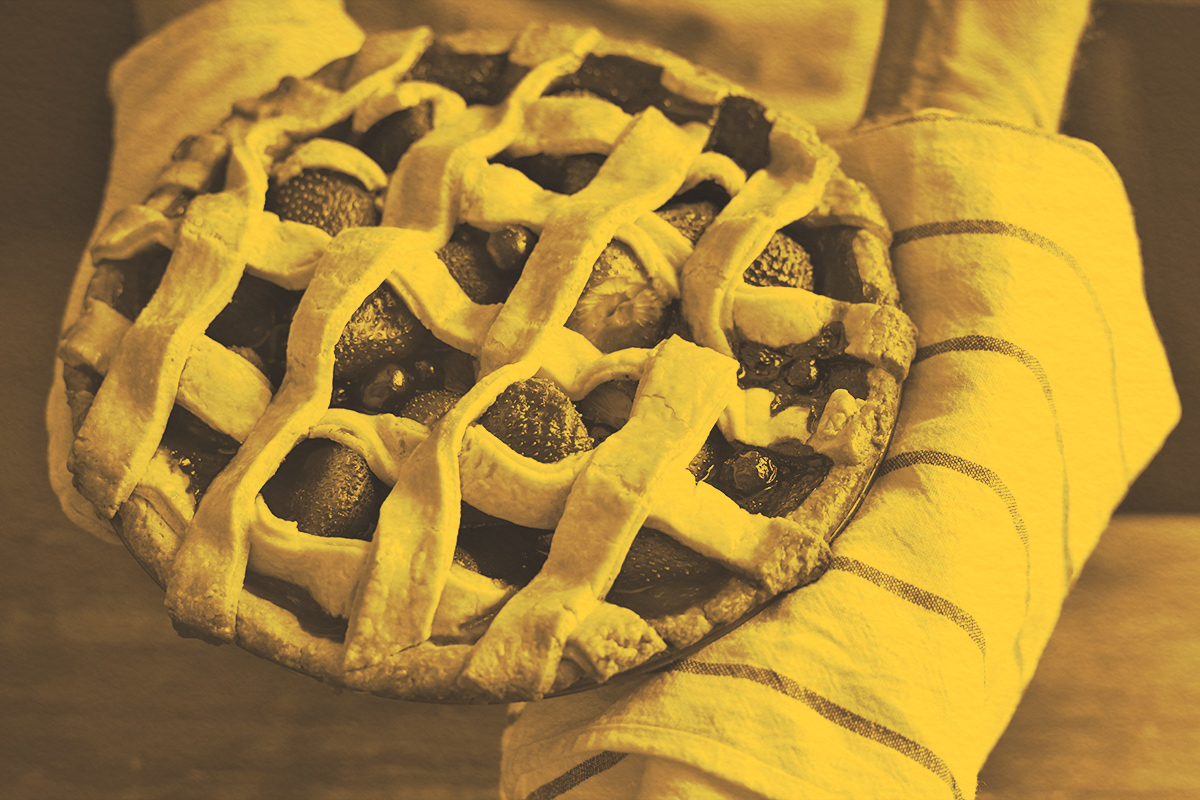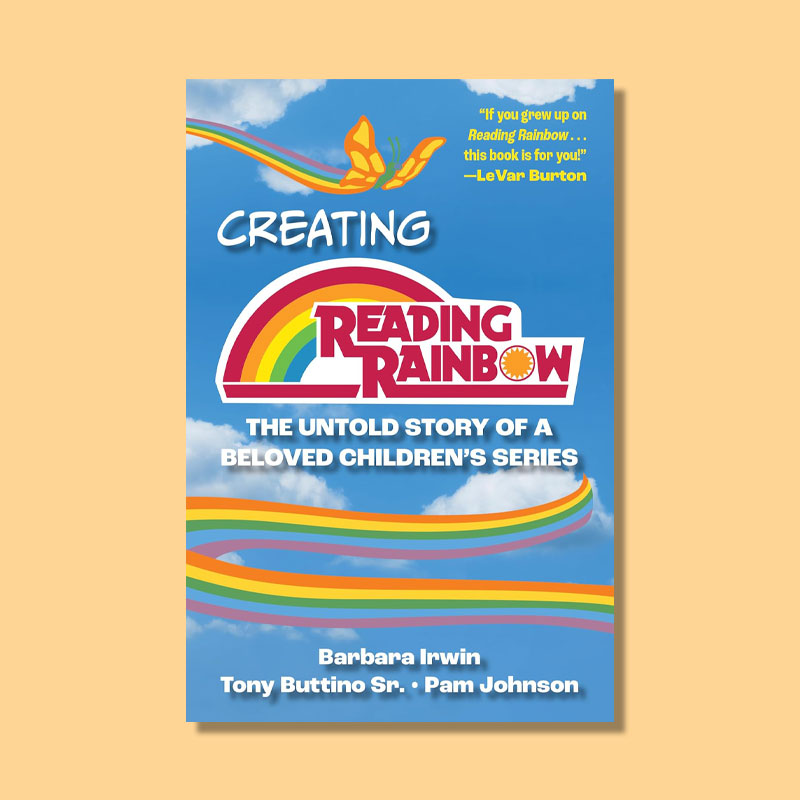Why do we say "easy as pie" when baking isn't easy? | | If you've experienced soggy bottoms and burned crusts, you know baking a pie isn't easy — so where did this phrase come from? The answer is easy as … you know. | |  | Rachel Gresh |
|
| |  | | I f you've ever tried crafting a perfectly flaky pie crust, you'll likely agree that the phrase "easy as pie" has little in common with the intricacies of baking. So why has pie been a go-to metaphor for all things effortless for the last hundred years? The answer lies in eating the pie, not baking it.
The phrase "easy as pie" popped up as U.S. slang in the last years of the 1800s, but a slightly earlier version of the expression — "like eating pie" — debuted in the horse-racing newspaper Sporting Life in 1886. This earlier expression establishes the key link between pie and simplicity: While baking a pie can be challenging, eating one is undeniably simple. This ease of enjoyment likely led to "easy as pie" earning its spot in the English lexicon.
The history of pies offers more insight. In medieval times, pies offered convenience: They kept meat fresh during long voyages and served as a main course at large banquets. Unlike today's elaborately decorative pie crusts, these pies had utilitarian designs, which made them easy to transport.
The idea of a familiar food being easy or simple is shared in other metaphors. Consider the expression "a piece of cake." This phrase didn't come about until the 20th century, as seen in The Primrose Path, a 1936 book of poems by Ogden Nash: "Her picture's in the papers now, and life's a piece of cake." These lines imply that life, like cake, can be simple and sweet. The metaphor exists in other languages, too. The Spanish phrase "Ser pan comido" translates literally as "to be eaten bread," but it has the idiomatic meaning of "be a piece of cake." In Swedish, the equivalent is the expression "Lätt som en plätt" ("easy as a pancake").
The origins of these pastry and baking metaphors are part of a larger tradition of using universal concepts to create memorable and fun expressions, adding a little flavor to everyday conversation. |
| | Continue reading | |  |
| |
| | Thanks for supporting our sponsors! They help keep Word Smarts free for everyone. | |
Emoji Decoded | |  | | Sleeping Face | | | Meaning: Shows a sleeping face with "zzz" above it, indicating sleep or tiredness.
Evolution: This is one of the original emoji faces, and it's often paired with 💤 to emphasize exhaustion or the desire to sleep.
Usage: [Status update during a week off work:] DO NOT DISTURB UNTIL SUNDAY 6 p.m. 😴😴😴 |
|
 | | Sleeping Face | | | Meaning: Shows a sleeping face with "zzz" above it, indicating sleep or tiredness.
Evolution: This is one of the original emoji faces, and it's often paired with 💤 to emphasize exhaustion or the desire to sleep.
Usage: [Status update during a week off work:] DO NOT DISTURB UNTIL SUNDAY 6 p.m. 😴😴😴 |
|
| |
Have you read? | |  | | Creating Reading Rainbow | | By Pam Johnson, Barbara Irwin, Tony Buttino, Sr. | | If you're of a certain generation of PBS watchers, there's a soft spot in your heart for "Mister Rogers' Neighborhood" and "Reading Rainbow." This gives a detailed accounting of exactly how the latter show came to be. It's maybe a little "inside baseball" for folks who aren't invested in the machinations of public television and funding for the arts, but it's still a nostalgic read for anyone with love for the classic learning program. | | | | Jennifer A. Freeman, Word Smarts Senior Editor | | | | We independently evaluate all recommended products and services. If you click on links we provide, we may receive compensation. |
|
 | | Creating Reading Rainbow | | By Pam Johnson, Barbara Irwin, Tony Buttino, Sr. | | If you're of a certain generation of PBS watchers, there's a soft spot in your heart for "Mister Rogers' Neighborhood" and "Reading Rainbow." This gives a detailed accounting of exactly how the latter show came to be. It's maybe a little "inside baseball" for folks who aren't invested in the machinations of public television and funding for the arts, but it's still a nostalgic read for anyone with love for the classic learning program. | | | | Jennifer A. Freeman, Word Smarts Senior Editor | | | | We independently evaluate all recommended products and services. If you click on links we provide, we may receive compensation. |
|
| |
|

Tidak ada komentar:
Posting Komentar